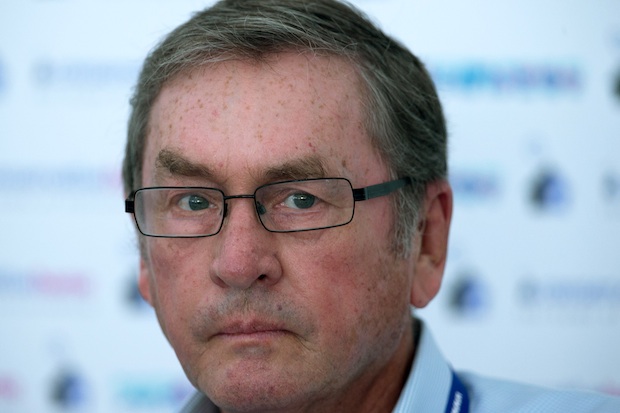Lord Ashcroft has likened the current state of the polling industry with that of the Liberal Democrats, but he could quite have easily chosen the Labour party as a comparison. All are in the post-mortem stage: pondering how they got the election so wrong and desperately searching for the path back to public credibility.
More than ten companies provided regular national polls during the campaign, but it was Lord Ashcroft who offered the most detail on specific marginal seats. The reputation of the once-reviled peer had been reinvigorated through a £3 million operation that surveyed an impressive 167 constituencies. His freely available research seemed to give more detail than ever before on how an election would turn out in the places that mattered.
But looking over the database now shows how misplaced that confidence was. Ashcroft polled 167 constituencies and had the eventual winner ahead in only 103 of cases – a success rate of 62 per cent. For the polls that were published after the short campaign began on 30 March, the success rate was still only 63 per cent. The largest gaps between poll and result were not confined to any type of seat in particular. Let’s take some examples:
- Cannock Chase: On 27 April, Ashcroft had Labour six percentage points ahead. Result: Tories won by 10.5 points.
- Castle Point: On 27 April, Ashcroft had the Conservatives five points ahead of Ukip. Result: Tories won by 19.7 points.
- Cornwall North: On 1 May, Ashcroft had the Liberal Democrats two points ahead. Result: Tories won by 13.7 points.
- Dumfriesshire, Clydesdale and Tweeddale: On 1 May, Ashcroft had the SNP 11 points ahead. Result: Tories won by 1.5 points.
- Harrow East: On 8 April, Ashcroft had Labour four points ahead. Result: Tories won by 9.7 points.
- Morecambe and Lunesdale: On 8 April, Ashcroft had Labour six points ahead. Result: Tories won by 10.6 points.
You have to ask whether Ashcroft’s ‘targets seats’ strategy was always doomed to fight the battles of the last campaign. Many of the real battlegrounds (like Gower, now Britain’s most marginal seat) were not polled once. Of the 72 seats now with majorities of fewer than 3,000 votes, 25 were not polled at all. Of those that were surveyed, the final Ashcroft poll had the eventual winner ahead in only 36 per cent of cases. That only 14 of these were conducted this year shows how Ashcroft’s operation did not focus on the seats on which the Tories built their majority.
Lord Ashcroft was not alone in getting the numbers wrong, of course – Andrew Cooper, David Cameron’s former director of strategy, gave the Tories just a 0.5 per cent chance of forming a majority – and he has always described his constituency polls as ‘snapshots’ rather than ‘predictions’. This is a fair acknowledgement that voters can change their minds and no poll can know for sure how they will act once in a polling booth. A healthy dose of scepticism will be required at the next election, especially if similar polls are conducted with sample sizes of only a thousand people. Nonetheless, it is reasonable to think such snapshots should have been more prescient.
The polls were flawed, but they were not trivial. Fewer soft Ukip or Liberal Democrat supporters would have backed the Conservatives had the prospect of a Labour-SNP deal not been on the table. Lord Ashcroft intended to be entirely objective, but the unintentional inaccuracies of his constituency polls no doubt benefitted the Tories.






Comments